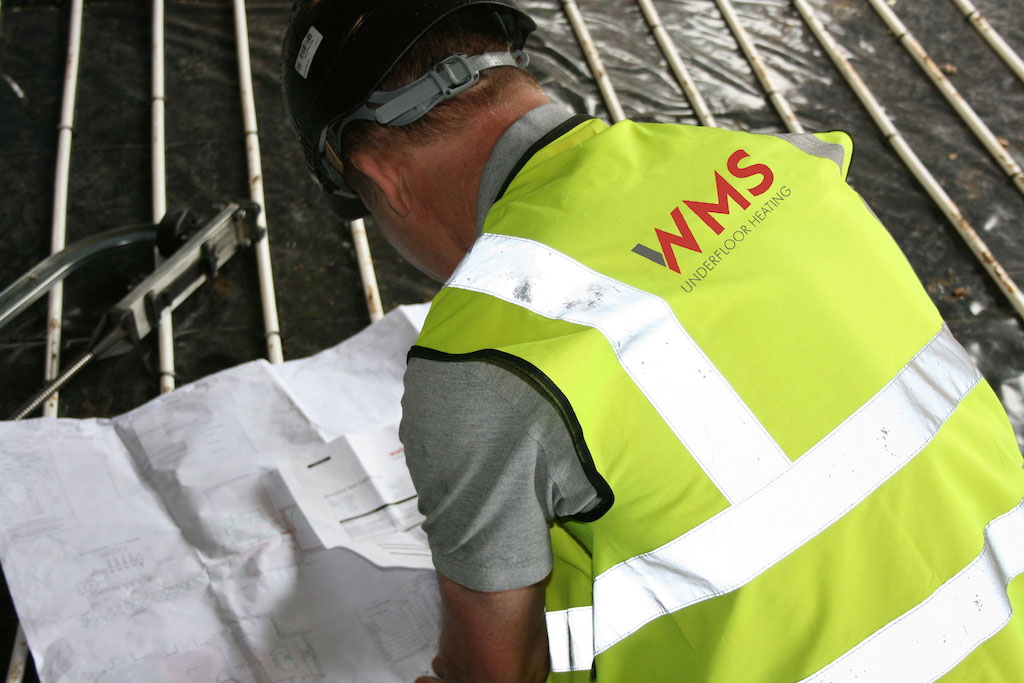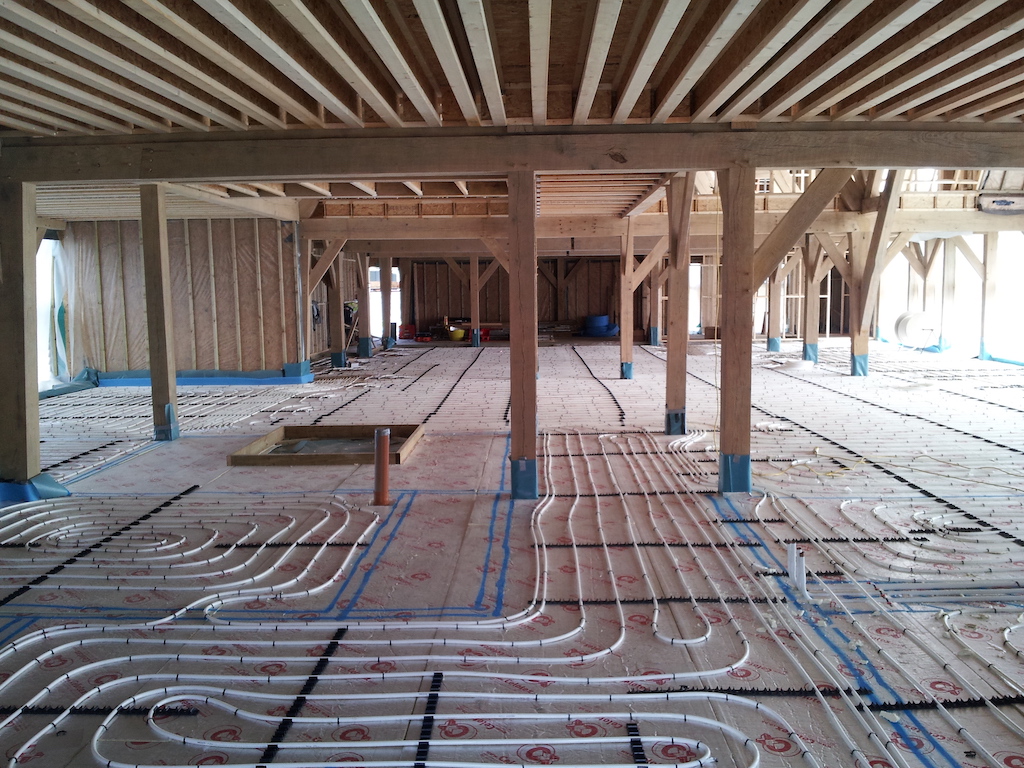 With the combination of Heat Pumps and Underfloor Heating (UFH) becoming increasingly of interest to housebuilders, Joanna Crown, Marketing Director at WMS Underfloor Heating, answers some questions about the pairing and outlines how to ensure the system reaches maximum efficiency.
With the combination of Heat Pumps and Underfloor Heating (UFH) becoming increasingly of interest to housebuilders, Joanna Crown, Marketing Director at WMS Underfloor Heating, answers some questions about the pairing and outlines how to ensure the system reaches maximum efficiency.
What do the new regs require?
The 2025 ban on gas boilers in newly build homes, along with recently enforced regulations, have opened up a new conversation around how we heat our homes today and in the future. In particular, the new low water temperature update to the Building Regulations and Part L has changed heating system specification choices to adhere to a maximum flow temperature of 55°C. All homes must also now feature a self-regulating control device which allows for zoning within the property.
With the drive towards zero carbon homes in mind it is expected that heat pumps will become the norm. However, these renewable heat sources achieve their most efficient COP (coefficient of performance) level when running between 35-45°C, so finding a partner technology which can achieve this is the key to creating an efficient heating system.
Why does underfloor heating work so efficiently with heat pumps?
Hydronic (water based) underfloor heating, which runs at 45°C, is the ideal technology partner to maximise heat pump efficiency as the system can easily support the low flow temperatures required. As underfloor heating covers such a large surface area, the system doesn’t have to work as hard and therefore uses less energy, further reducing the system’s impact on the planet and energy bills.
An air source heat pump (ASHP) combined with an underfloor heating system can result in every 1kWh of electricity required producing a further 4 kWh/COP of 4 (dependent on your chosen heat pump COP) of energy, which means it is 400% efficient.
How can I be sure the system delivers maximum efficiency?
Precision system design and installation are key for any heat pump and underfloor heating system. Simply put, if the system is not correctly designed, it won’t reach its desired efficiency and energy bills will be higher. Working with specialist suppliers which can provide up to date expertise and product knowledge is key. It’s also important that they take into consideration every aspect and parameter of the heating system, not just the product they are providing.
This collaboration will enable each supplier to understand the requirements of each other’s technology to ensure the correct specification of all equipment, enabling seamless installation and operation of the finished system. Taking away the risk of any guesswork from either supplier’s calculations also ensures the system is able to reach maximum efficiency and reduces the risk of heat pumps being unnecessarily oversized, something which can affect both upfront capital and running costs.
Control is another key element to achieve system efficiency. It is also now a regulatory requirement for all new homes to incorporate a self-regulating control device which allows for zoning within the property. Heating a room that isn’t being used is a waste of energy, so the fact that underfloor heating can be fully zoned from each individual room thermostat, or centrally via a smart phone app, makes all the difference to overall environmental impact.
Is underfloor heating a sustainable solution?
Aside from heat pumps and underfloor heating being the ultimate zero carbon emission pairing, the materials used for an underfloor heating system also boost a property’s sustainability credentials.
Good quality underfloor heating pipe, which is made from superior quality PERT (five layer polyethylene of raised temperature resistance), is built to last. Our pipe even comes with a 75-year guarantee, to provide reassurance that it will likely outlive the building itself – then, at the end of its life, as PERT is a sustainable material, it can also be melted down safely and reused.












